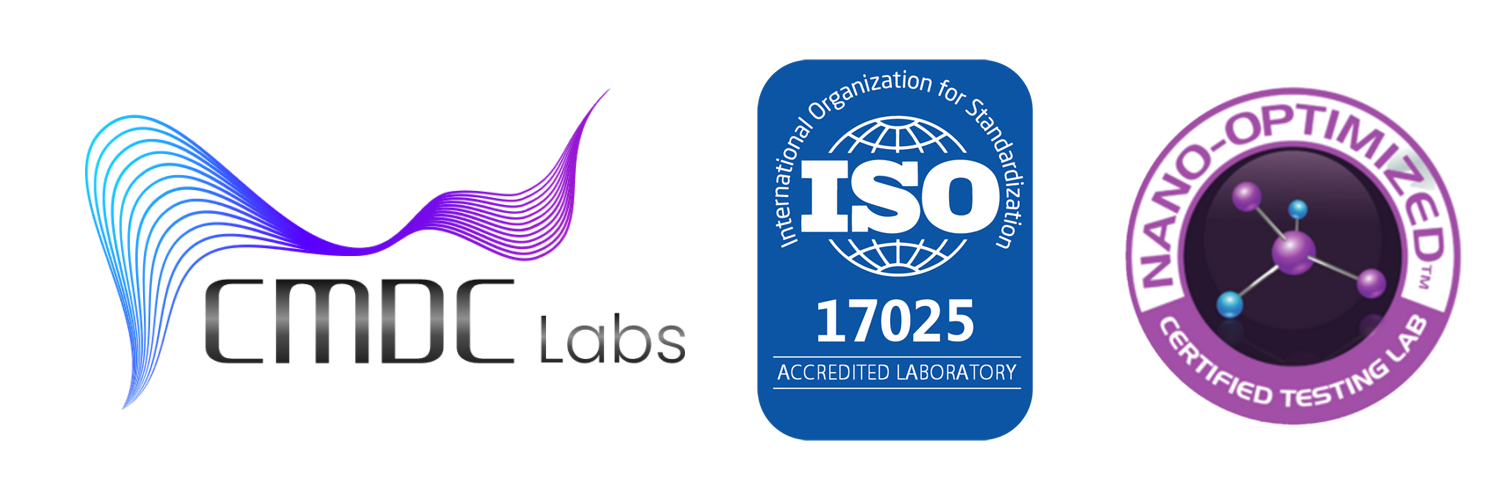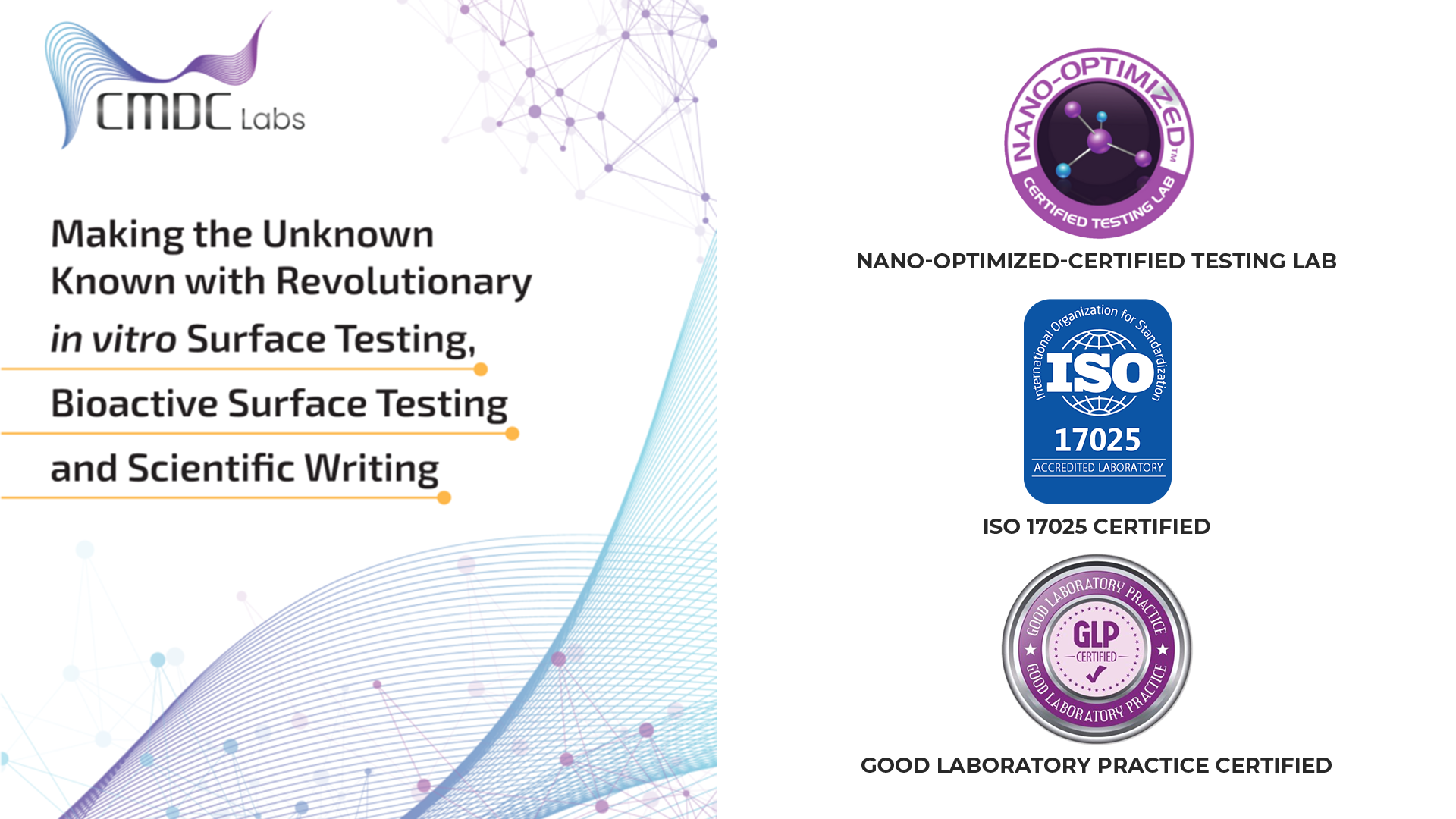Ensuring the safety and quality of food products is paramount in today’s global food market. Contaminated food can lead to severe health issues, economic losses, and damage to a company’s reputation. This is where AOAC (Association of Official Analytical Chemists) standards play a crucial role. AOAC-compliant food safety testing methods are recognized globally for their rigor and reliability. At CMDC Labs, we adhere to these standards to ensure our food safety testing processes are robust and trustworthy. This article explores the essential steps involved in AOAC-compliant food safety testing.
Understanding AOAC Standards
AOAC International is a globally recognized organization that develops and validates analytical methods to ensure the safety, integrity, and quality of food products. These methods are designed to detect and quantify microbial, chemical, and physical contaminants in food. Compliance with AOAC standards ensures that food products meet regulatory requirements and consumer safety expectations.
Step 1: Sample Collection and Preparation
The first step in AOAC-compliant food safety testing is the collection and preparation of samples. Proper sample collection is crucial to obtaining accurate and reliable test results. Samples must be collected using sterile techniques to prevent contamination and should be representative of the entire batch of food being tested.
Best Practices for Sample Collection:
- Use sterilized equipment and containers.
- Avoid cross-contamination by using separate tools for each sample.
- Store samples at appropriate temperatures to preserve their integrity.
Step 2: Pathogen Detection and Quantification
Detecting and quantifying pathogens such as Salmonella, Listeria, E. coli, and Campylobacter is a cornerstone of food microbiology. AOAC-approved methods provide a reliable framework for identifying these microorganisms in various food matrices.
Techniques Used:
- Polymerase Chain Reaction (PCR): This technique amplifies DNA sequences of pathogens, allowing for rapid and specific detection.
- Enzyme-Linked Immunosorbent Assay (ELISA): ELISA detects specific antigens associated with pathogens, making it a cost-effective method for screening large sample batches.
Step 3: Chemical Contaminant Analysis
Chemical contaminants, including pesticides, mycotoxins, and food additives, pose significant risks to food safety. AOAC-compliant methods for chemical analysis ensure the accurate detection and quantification of these substances.
Techniques Used:
- Liquid Chromatography-Mass Spectrometry (LC-MS): This advanced technique provides high precision and accuracy in detecting a wide range of chemical compounds.
- Gas Chromatography (GC): GC is used to separate and analyze compounds that can be vaporized without decomposition.
Step 4: Spoilage Organism Analysis
Spoilage organisms such as yeasts, molds, and certain bacteria can degrade food quality and shelf life. Testing for these organisms helps manufacturers ensure product stability and safety.
Techniques Used:
- Culture-Based Methods: These involve growing microorganisms on selective media, allowing for their enumeration and identification.
- Advanced Imaging Techniques: These enhance the detection and identification of spoilage organisms by providing detailed images of microbial colonies.
Step 5: Yeast and Mold Testing
Yeasts and molds are common spoilage organisms that can also produce mycotoxins, which are harmful to health. Accurate detection and quantification of these fungi are essential for food safety.
Techniques Used:
- Selective Culturing: Using specific media to grow and identify yeasts and molds.
- Quantitative PCR (qPCR): This technique allows for the precise quantification of fungal DNA, ensuring accurate results.
Step 6: Implementation of Rapid Microbiological Methods (RMM)
Rapid microbiological methods provide faster results compared to traditional methods, enabling quicker decision-making and response to potential contamination events.
Techniques Used:
- ATP Bioluminescence: Measures the presence of ATP, a molecule found in all living cells, providing rapid results for microbial contamination.
- Automated PCR Systems: These systems automate the PCR process, increasing throughput and reducing the risk of human error.
Step 7: Quality Assurance and Regulatory Compliance
Ensuring the accuracy and reliability of testing results is central to AOAC-compliant food safety testing. This involves rigorous quality control measures and adherence to regulatory standards.
Best Practices for Quality Assurance:
- Proficiency Testing: Regular participation in proficiency testing programs ensures methods meet industry standards.
- Internal Audits: Routine internal audits help identify areas for improvement and ensure compliance with AOAC standards.
- Staff Training: Continuous training of staff on the latest developments in food microbiology and testing techniques.
Conclusion
At CMDC Labs, our commitment to AOAC-compliant food safety testing ensures that we provide the highest quality testing services. By leveraging advanced technologies and adhering to rigorous standards, we help manufacturers meet regulatory requirements and protect public health. Our comprehensive approach to food safety testing includes pathogen detection, chemical contaminant analysis, spoilage organism analysis, and rapid microbiological methods, all backed by robust quality assurance practices.
By partnering with CMDC Labs, you can ensure that your food products are safe, compliant, and of the highest quality, giving you and your consumers peace of mind.
References
- AOAC International. “Official Methods of Analysis.”
- Food and Drug Administration (FDA). “Food Safety and Modernization Act (FSMA).”
- United States Department of Agriculture (USDA). “Microbiological Testing Methods.”

